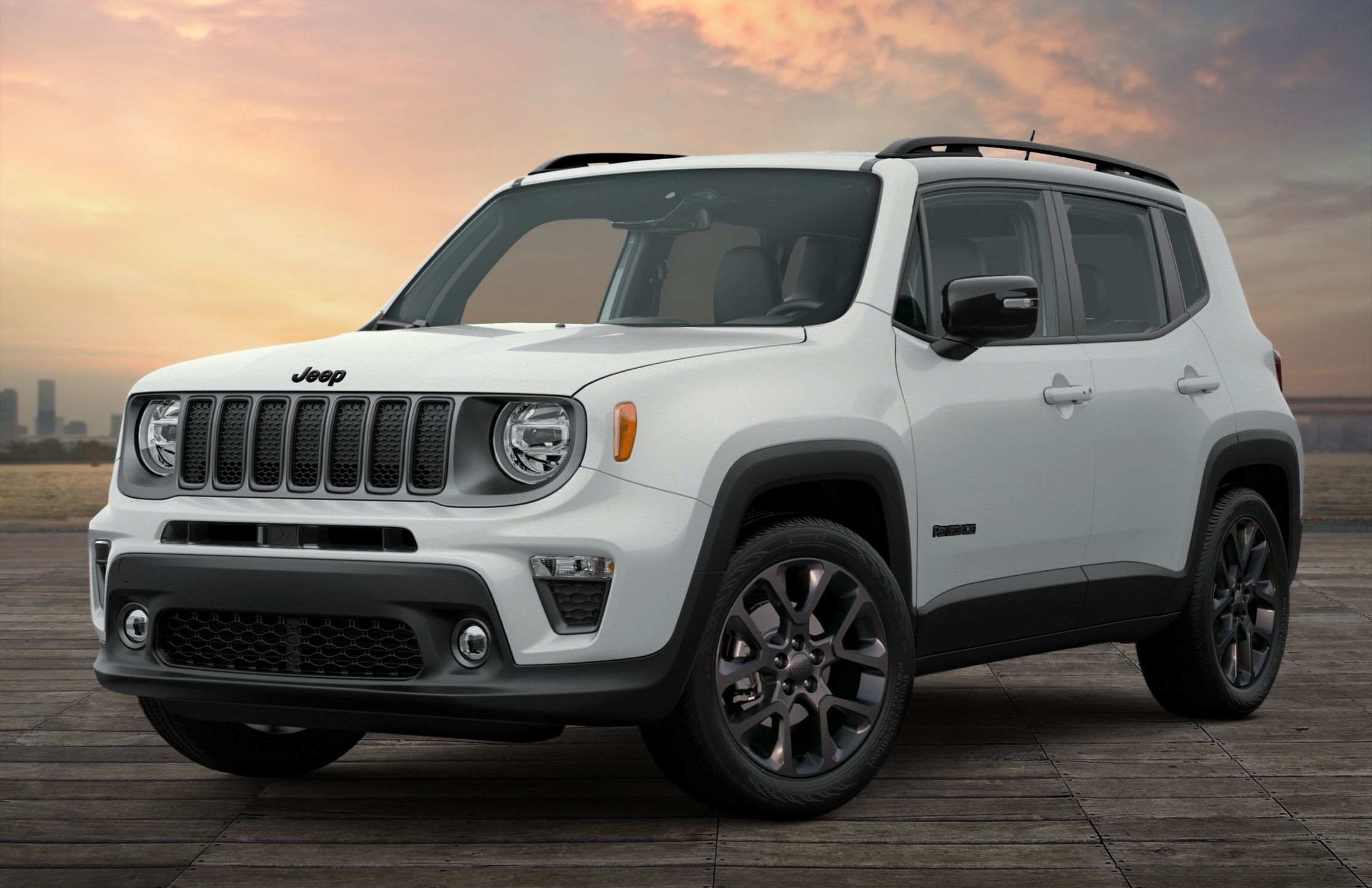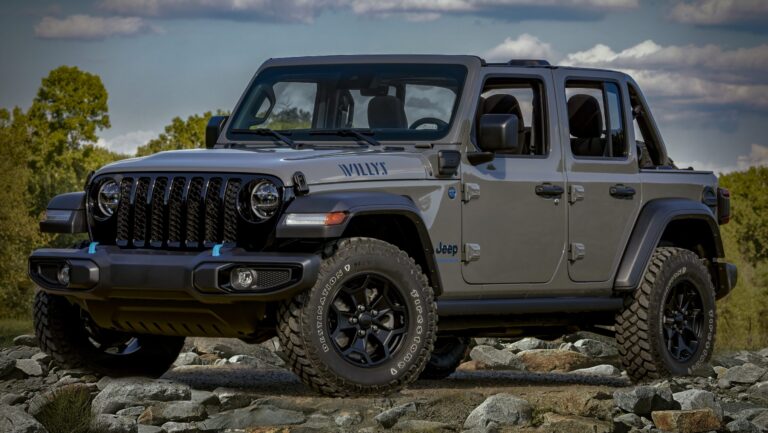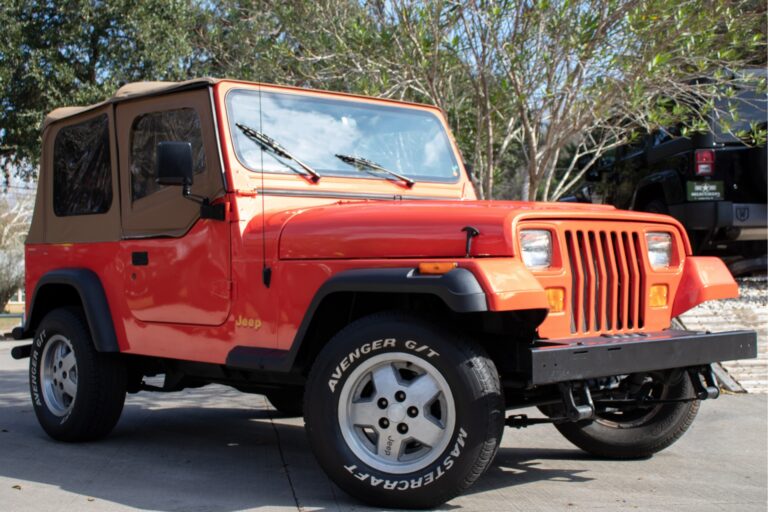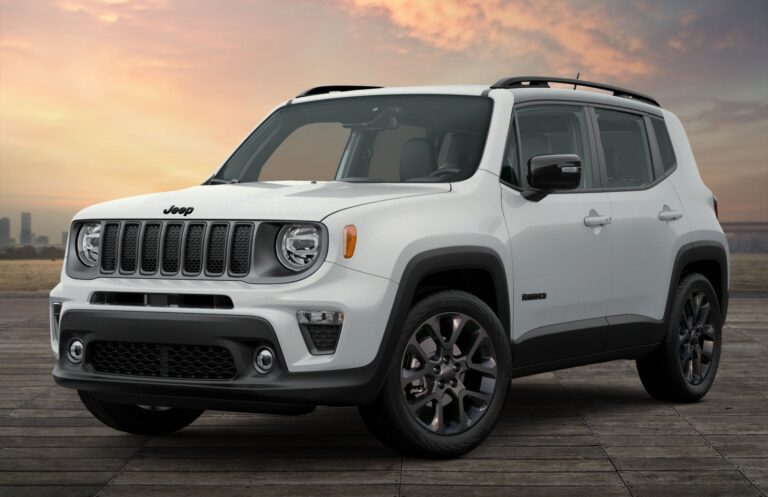Jeep XJ Rock Crawler For Sale: Your Ultimate Guide to Finding the Perfect Off-Road Beast
Jeep XJ Rock Crawler For Sale: Your Ultimate Guide to Finding the Perfect Off-Road Beast jeeps.truckstrend.com
The Jeep Cherokee XJ, produced from 1984 to 2001, holds a legendary status in the off-road community. Known for its rugged unibody construction, compact size, and impressive off-road capabilities even in stock form, the XJ has become a quintessential platform for customization, particularly for rock crawling. A "Jeep XJ Rock Crawler For Sale" isn’t just a vehicle; it’s an opportunity to acquire a purpose-built machine designed to conquer the most challenging terrains imaginable. This comprehensive guide will delve into every aspect of buying, selling, and understanding these iconic off-road vehicles, providing insights for both seasoned enthusiasts and newcomers alike.
Why the Jeep XJ Cherokee? The Ultimate Platform for Rock Crawling
Jeep XJ Rock Crawler For Sale: Your Ultimate Guide to Finding the Perfect Off-Road Beast
The enduring popularity of the Jeep XJ as a rock crawling platform isn’t accidental; it’s a testament to its fundamental design strengths and the vast aftermarket support it commands. Unlike body-on-frame SUVs, the XJ features a unibody construction, which, while initially perceived as a weakness by some for extreme off-roading, actually offers a lighter, more rigid chassis when properly reinforced. Its relatively short wheelbase and narrow profile allow it to navigate tight trails and squeeze through obstacles that larger vehicles might struggle with.
Furthermore, the XJ came equipped with solid axles (Dana 30 front and Dana 35/44/Chrysler 8.25 rear), a desirable foundation for off-road modification. The engine options – particularly the robust 4.0L inline-six – are renowned for their reliability and ample low-end torque, essential for crawling over rocks. The sheer abundance of XJs produced means parts are readily available and affordable, fostering a massive aftermarket industry dedicated to enhancing every aspect of its off-road performance. This combination of inherent capability, compact dimensions, legendary engine, and unparalleled aftermarket support makes the XJ a prime candidate for transformation into a formidable rock crawler.
What Defines a "Rock Crawler" XJ? Key Modifications to Look For
When you encounter a "Jeep XJ Rock Crawler For Sale," you’re looking at a vehicle that has undergone significant transformation from its factory form. These modifications are specifically designed to enhance its ability to navigate extreme off-road obstacles. Understanding these key components is crucial for evaluating any potential purchase.
-
Suspension System: This is arguably the most critical modification. Rock crawlers typically feature significant lift kits (4-8 inches or more) to accommodate larger tires and increase ground clearance. Look for:
- Long Arm vs. Short Arm: Long arm kits provide better articulation and a smoother ride by using longer control arms that reduce the angle of the control arms, minimizing bind during extreme suspension travel. Short arm kits are simpler and often cheaper but limit articulation.
- High-Quality Shocks: Brands like Fox, Bilstein, King, and Old Man Emu are common, offering superior damping for stability and control over rough terrain.
- Heavy-Duty Leaf Springs/Coil Springs: Designed to handle increased weight and provide the necessary lift.
- Adjustable Track Bars and Sway Bar Disconnects: Essential for proper axle alignment and maximizing articulation off-road.


-
Axles & Drivetrain: Stock XJ axles (especially the Dana 35 rear) are often insufficient for serious rock crawling with larger tires and aggressive driving.
- Upgraded Axles: Common swaps include the Ford 8.8, Dana 44, or even heavier-duty Dana 60s, offering increased strength.
- Lockers: Crucial for rock crawling, lockers (e.g., ARB Air Lockers, Eaton E-Lockers, Detroit Lockers) mechanically lock the differential, ensuring both wheels on an axle receive equal power, preventing wheel spin.
- Gearing: Lower gears (e.g., 4.56, 4.88, 5.13) are installed in the differentials to compensate for larger tires, restoring power and torque delivery to the wheels.
- Transfer Case: The NP231 is common, but some extreme builds might feature an Atlas transfer case for multiple low-range options and increased strength.
- Heavy-Duty Driveshafts: Custom-built, stronger driveshafts (often with CV joints) are necessary to handle increased angles and torque.

-
Protection & Armor: Rock crawling means encountering hard obstacles, so protection is paramount.
- Rock Sliders: Protect the unibody and rocker panels from impacts.
- Skid Plates: Cover vulnerable components like the fuel tank, transfer case, oil pan, and steering.
- Heavy-Duty Bumpers: Steel bumpers (front and rear) provide protection, offer recovery points (D-rings), and often house winches.
-
Tires & Wheels: The right rubber is vital for traction.
- Large Off-Road Tires: Typically 33-inch to 40-inch mud-terrain (M/T) or hybrid-terrain tires are used for maximum grip.
- Beadlock Wheels: Highly desirable for extreme crawling, these wheels physically clamp the tire bead to the rim, allowing the tire pressure to be significantly lowered (aired down) for a larger contact patch without the risk of the tire coming off the rim.
-
Steering System: Upgrading steering components is essential to handle larger tires and the stresses of rock crawling.
- Heavy-Duty Tie Rod and Drag Link: Stronger components to prevent bending.
- Steering Box Brace: Reinforces the unibody around the steering box.
- Hydraulic Assist Steering: For very large tires, a hydraulic assist system can make steering effortless.
-
Unibody Stiffening: Given the XJ’s unibody design, stiffeners are often welded to the frame rails and rocker panels to prevent flex and damage under extreme stress. Full external or internal roll cages also add significant rigidity.
Navigating the Market: Where to Find a Jeep XJ Rock Crawler For Sale
Finding the right XJ rock crawler requires knowing where to look. The market is diverse, ranging from private sellers to specialized dealerships.
-
Online Marketplaces:
- Craigslist and Facebook Marketplace: These are ubiquitous and often where private sellers list their vehicles. Be prepared to sift through many listings and conduct thorough inspections. Use specific search terms like "XJ rock crawler," "Jeep Cherokee built," or "off-road XJ."
- Dedicated Off-Road Forums & Groups: Websites like NAXJA (North American XJ Association), CherokeeForum.com, and numerous Facebook groups dedicated to XJ owners are excellent resources. Sellers here are often enthusiasts who can provide detailed build sheets and history.
- Specialized Classifieds: Websites like Pirate4x4.com often have classified sections for extreme off-road vehicles.
-
Specialized Off-Road Dealerships/Builders: Some shops specialize in building and selling custom off-road vehicles. While potentially more expensive, these vehicles often come with professional builds and sometimes even warranties on the work.
-
Word-of-Mouth: Attending local off-road events, club meetings, or trail rides can connect you with sellers who might not be advertising widely. The off-road community is tight-knit, and good vehicles often change hands this way.
Important Considerations When Buying a Used XJ Rock Crawler
Purchasing a modified vehicle, especially one built for extreme conditions, comes with its own set of challenges. Due diligence is paramount.
-
Thorough Inspection is Key:
- Rust: The XJ is prone to rust, especially in northern climates. Check rocker panels, floorboards, frame rails (unibody), and suspension mounting points. Rust can compromise structural integrity.
- Unibody Integrity: Look for cracks or signs of severe stress, especially around steering box mounts, control arm mounts, and shock towers. Inspect any unibody stiffeners for quality of welds and proper installation.
- Fluid Leaks: Check under the vehicle for oil, coolant, or gear oil leaks from the engine, transmission, transfer case, and axles.
- Suspension Components: Inspect bushings, ball joints, U-joints, and tie rod ends for wear. Look for bent or damaged control arms.
- Drivetrain Noise: Listen for unusual clunks, grinding, or whining during a test drive, especially when shifting or engaging 4WD.
- Wiring: Custom wiring can be a nightmare if done poorly. Look for neat, properly insulated, and secured wiring.
-
Documentation and History: Ask for receipts for parts and labor, maintenance records, and details about the build process. A seller who can provide this demonstrates transparency and care for the vehicle.
-
Quality of Workmanship: This is critical. A poorly executed modification can be dangerous and costly to fix. Look for clean, strong welds (not globs of bird droppings), proper hardware (grade 8 bolts), correct component alignment, and professional routing of lines and wires. DIY builds can be excellent, but verify the builder’s skill.
-
Purpose-Built vs. Overbuilt: Consider your intended use. Do you need a competition-level crawler, or something for moderate trails? An "overbuilt" rig might be uncomfortable for daily driving and come with unnecessary complexities.
-
Legality: Check local laws regarding lift height, tire coverage, and emissions. A highly modified crawler might not be street legal in all areas or pass inspections.
-
Test Drive: Drive the vehicle on flat pavement, rough roads, and if possible, a mild off-road trail. Test 2WD, 4-High, and 4-Low. Listen, feel, and observe. Does it pull? Are there vibrations? Does it steer straight?
Understanding Value: Pricing Your XJ Rock Crawler (or Estimating Purchase Price)
Pricing a highly modified XJ is complex, as the sum of its parts often far exceeds the market value of the complete vehicle. Factors influencing price include:
- Year and Mileage: Less critical than for stock vehicles, but can still play a role.
- Extent and Quality of Modifications: This is the primary driver of value. High-end components (e.g., King shocks, Atlas transfer case, custom fabricated axles) command higher prices.
- Build Professionalism: A clean, well-documented, and professionally built rig will fetch more than a haphazard, backyard job.
- Condition of the Unibody and Engine: A solid, rust-free unibody and a healthy engine are foundational.
- Region: Prices can vary based on local demand and availability.
The "Mod Cost vs. Resale Value" Dilemma: It’s a common saying in the off-road world that you’ll never get back what you put into a custom build. Buyers are often paying for the finished product and the quality of the build, not necessarily the sum of all individual parts at retail price. Be realistic about what a built XJ is worth in the secondary market.
Tips for a Successful Purchase (or Sale)
-
For Buyers:
- Be Patient: The perfect rig might not appear overnight.
- Ask Lots of Questions: Don’t be shy. A good seller will be happy to provide details.
- Bring an Experienced Friend: If you’re not an expert, bring someone who is.
- Negotiate: Always negotiate, but be respectful of the seller’s investment.
- Understand What You’re Buying: A built rock crawler requires more specialized maintenance and might not be as comfortable as a stock vehicle.
-
For Sellers:
- Be Honest and Transparent: Disclose any known issues or quirks.
- Provide Detailed Information: Create a comprehensive build sheet.
- High-Quality Photos and Videos: Showcase the vehicle’s features and capabilities.
- Set a Realistic Price: Research similar builds for sale.
- Be Prepared for Questions: Enthusiasts will have many.
Potential Challenges and Solutions
Owning a highly modified XJ rock crawler isn’t without its unique challenges:
- Unibody Integrity: Even with stiffeners, extreme abuse can lead to cracking. Solution: Regular inspection, prompt repair of any cracks, and considering a full internal or external cage for extreme builds.
- Maintenance Complexity: Built XJs often require more specialized tools and knowledge for maintenance and repairs. Solution: Learn to do basic maintenance yourself, find a reputable off-road shop, and carry a good set of tools on the trail.
- Trail Breakdowns: It’s not if, but when. Solution: Always wheel with buddies, carry essential spare parts (U-joints, spare tire, fluids), and invest in good recovery gear (winch, straps, jacks).
- Cost of Ownership: Fuel economy will be poor, and specialized parts can be expensive. Solution: Budget accordingly for fuel, maintenance, and potential upgrades or repairs.
- Daily Driving Comfort: Many extreme crawlers are not comfortable for daily driving due to stiff suspension, large tires, and road noise. Solution: Be realistic about its primary purpose. If you need a daily driver, opt for a less extreme build.
Estimated Price Range for Jeep XJ Rock Crawlers
The price of a Jeep XJ rock crawler can vary wildly based on the extent and quality of its modifications. Here’s a general guide:
| Category | Key Features & Modifications






